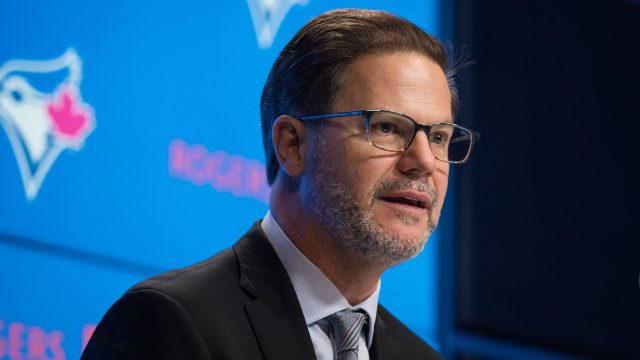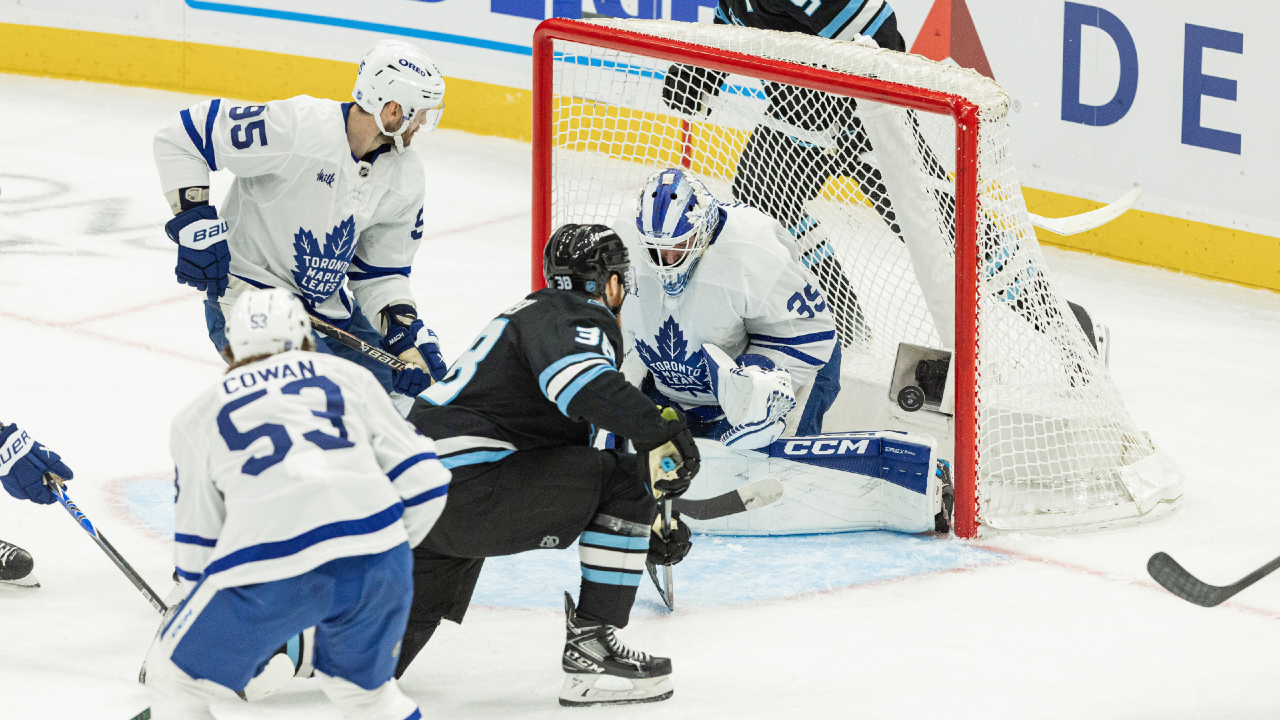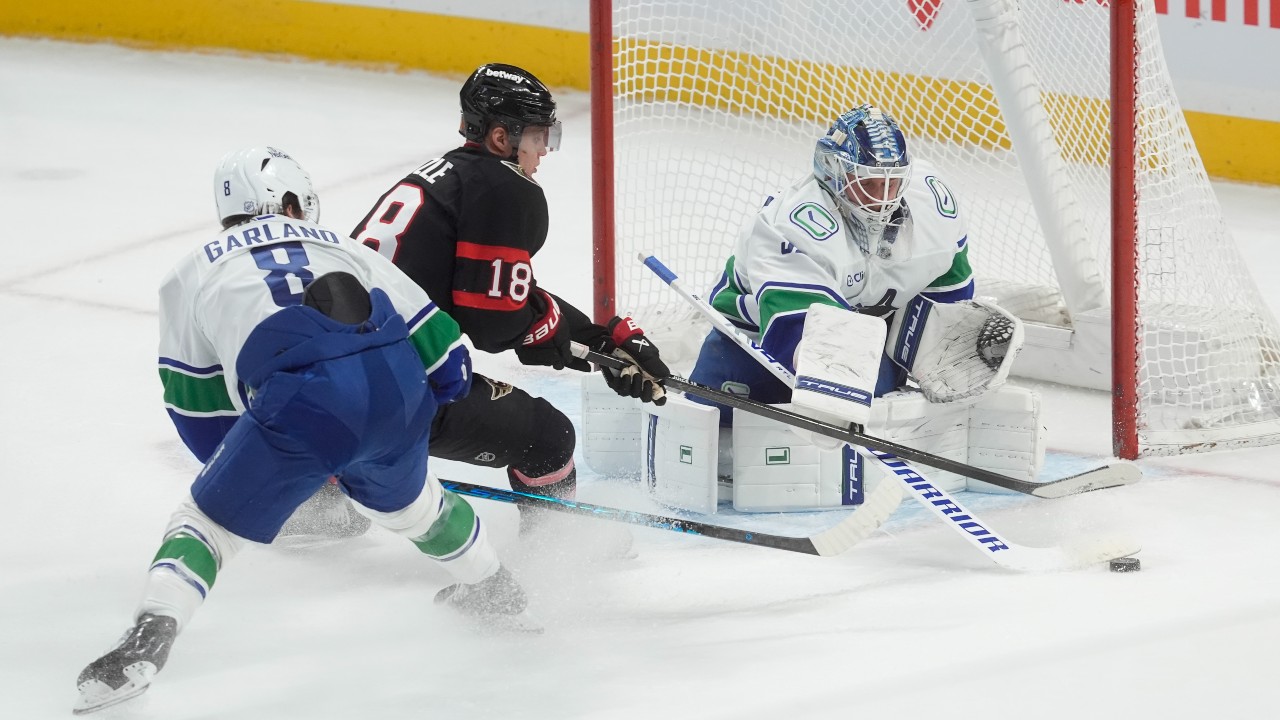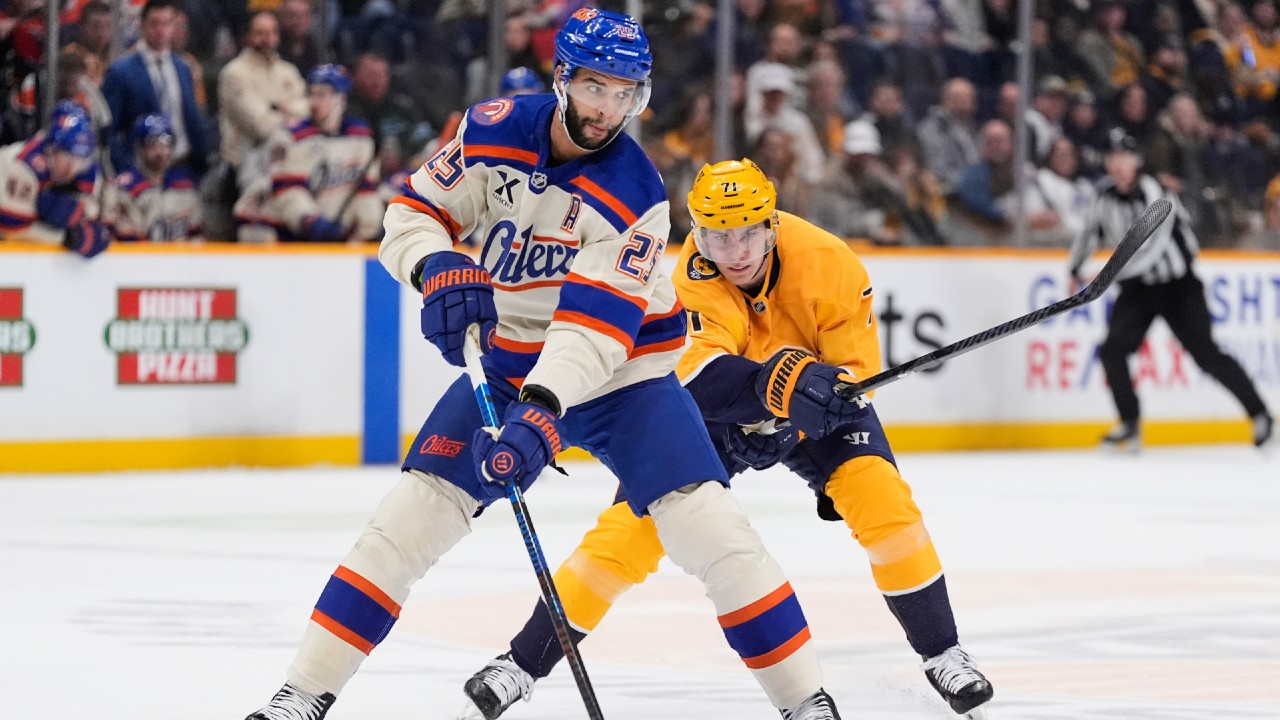
TORONTO — Early one afternoon this past weekend, Blue Jays manager John Schneider was fielding questions about his team, and the topic turned to Vladimir Guerrero Jr. Within the manager’s office at Rogers Centre, someone said recruiting free agents might be a little easier if Guerrero Jr. signed an off-season extension that would keep him in Toronto beyond 2025.
“Yeah,” a smiling Schneider replied. “That would definitely help.”
Asked whether the front office was aware of where he stood, Schneider said “We’ve had those discussions.” And as for the 25-year-old Guerrero Jr., does Schneider see him as a generational player?
“I do, yeah, I do,” Schneider replied.
The face of the franchise, even?
“Absolutely,” the manager said. “He’s at the point performance-wise and where he is personality-wise that he can definitely do that with how he’s recognized around the game.”
Speaking four days later at the season-ending press conference in which he confirmed the return of GM Ross Atkins, team president and CEO Mark Shapiro was asked the same question: Is Guerrero Jr. a generational player?
“I don’t know, generational player, like what’s your definition of that?” Shapiro began. “He’s one of the better offensive players in the game today. I’m not sure. And he certainly has the opportunity to be a generational player because of how young is. But to make that decree at 26 years old (Note: Guerrero Jr. is 25) — he has the opportunity to be a generational player.
“It’s tough,” Shapiro continued. “When you go to the Hall of Fame, what separates the players with those plaques is that they played. They stayed healthy and they contributed for 15 years, 18 years. You think about Pete Rose and him passing away and 200 hits, how hard that is to do. Vladdy knows just how hard that is. That guy did it 22 times (Note: Rose reached 200 hits 10 times). I mean, that’s beyond belief, right? So (Guerrero Jr. is) a great talent and emerging into a great player. And he certainly has a chance to be that type of (generational) player.”
Now, technically speaking, it’s true that Guerrero Jr. still has lots of work to do before Cooperstown becomes a realistic possibility. That’s true of any young player, including Bobby Witt Jr., Gunnar Henderson and Juan Soto. At the same time, Shapiro’s response was far from a ringing endorsement.
Some within the game saw the response as a bargaining tactic: Call Guerrero Jr. a generational player, and now the expectation is you’re willing to pay him like one, too. Or maybe it was just a very precise answer that could have been a simple ‘yes.’
But what’s Guerrero Jr. supposed to think? He just completed a 30-home run, 103-RBI season in which he ranked sixth among MLB hitters with a 165 wRC+. He played 159 games at two positions on his way to his second season with at least 6.0 wins above replacement.
Around the league and within the Blue Jays’ clubhouse, he’s seen as a superstar. Young players like Leo Jimenez have looked up to Guerrero Jr. for years. And it’s not just because of his name — Guerrero Jr.’s numbers are legitimately elite now.
Six years into his big-league career, Guerrero Jr. has 21.5 wins above replacement and 160 career home runs. That’s more production than his father had at the same age (19.5 WAR, 136 home runs) and not far off clear Hall of Famers like Miguel Cabrera (21 WAR, 175 home runs) and Frank Thomas (22.5 WAR, 104 home runs).
Calling him a generational player wouldn’t have shocked anyone, nor would it have forced the Blue Jays into a corner in their negotiations (it’s not like Schneider’s comments four days earlier destroyed the team’s leverage). By stopping short of giving Guerrero Jr. that distinction, Shapiro hinted that the Blue Jays are less than completely sold on their best player.
Whether that’s truly reflective of Shapiro’s thoughts, a negotiating tactic or something else entirely is presently hard to say. Ultimately, it’ll be actions, not words, that determine what happens next between Guerrero Jr. and the Blue Jays. With the right offer, that little pause from the team president would surely be forgotten in an instant. If this was a mistake, it’s one from which the Blue Jays can certainly recover.
In the meantime, Atkins has lots of work to do, and Wednesday’s media availability offered some hints as to what’s next. On the infield, Guerrero Jr. could play more third base next year if the Blue Jays add a first baseman, but the most likely scenario is that he returns to first.
That would seem to leave significant uncertainty at second base, third base and in the outfield, but Atkins said second could be a position the Blue Jays comfortably fill internally thanks to the likes of Will Wagner, Leo Jimenez and Ernie Clement. Atkins said similar thinking applies at third, where Addison Barger will factor in.
Under those circumstances, outfield is perhaps the position to watch for the Blue Jays as they search for at least one impact bat this winter, maybe more. Daulton Varsho (shoulder) may spend a bit of time on the injured list to start the year, but left field is the most likely position the Blue Jays will target this winter.
Of course there’s also the pitching side, where the Blue Jays will remain in the market for both impact starters and depth starters, according to Atkins. But their biggest pitching additions may come in the bullpen, which finished last among the MLB teams in WAR and second-last in ERA (4.82).
In their nine off-seasons with the Blue Jays, Shapiro and Atkins have never guaranteed a reliever more than the $21 million Chad Green received a year ago. With a clear need for arms and a lack of big-league-ready options emerging from the upper minors, the Blue Jays can be expected to spend more on the bullpen than they did last winter.
“We’ll probably be looking a little bit more aggressively than that,” Atkins said.
Alongside those 2025 concerns, though, there’s the lingering uncertainty about how long Guerrero Jr. stays. For now, the question of whether Guerrero Jr. is a generational player remains academic. Who really cares, as long as he’s producing? But at some point this winter, Shapiro will have to circle back to that question privately. Because the only way the Blue Jays get to see for themselves if he’s a generational player is if they’re willing to pay him like one.






